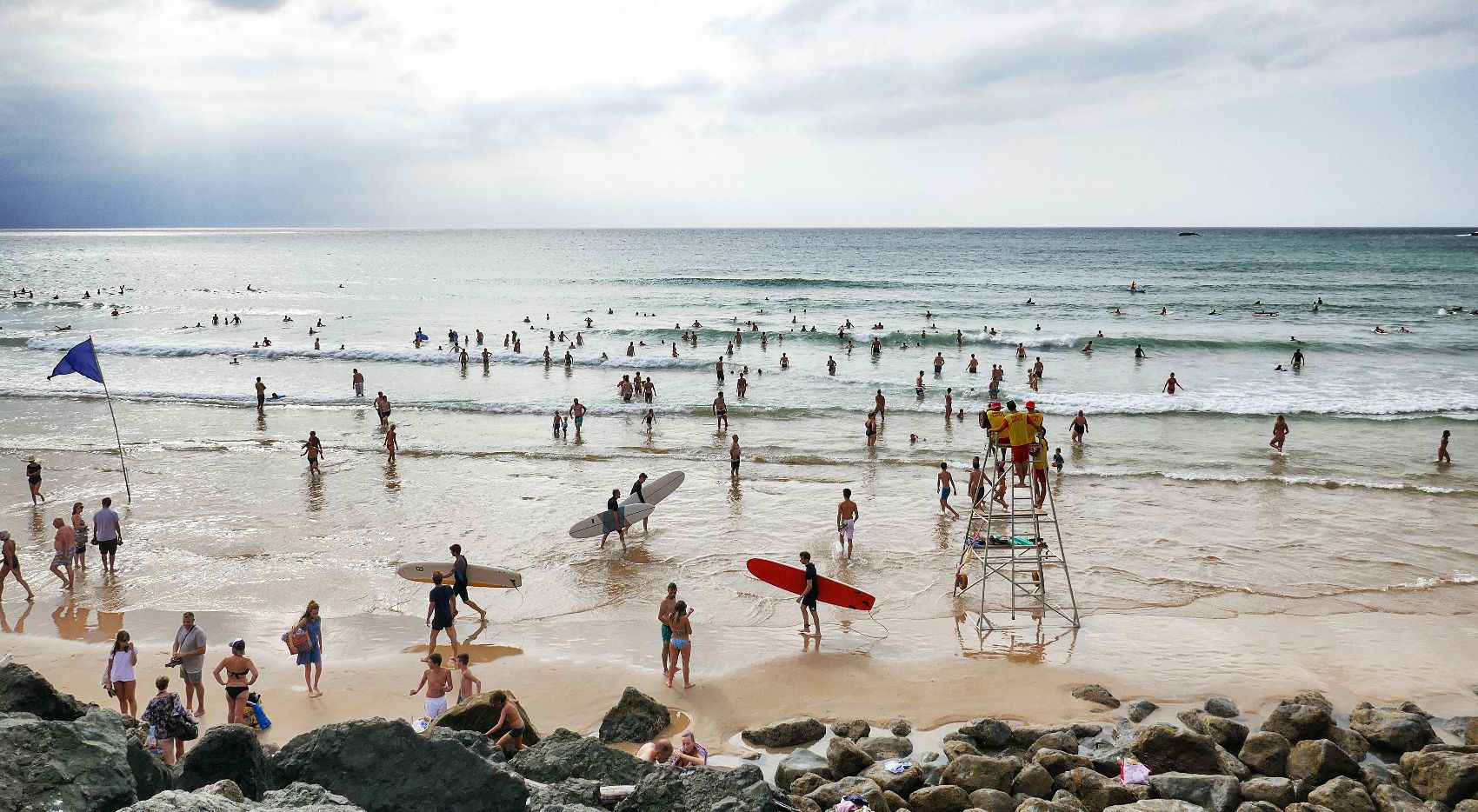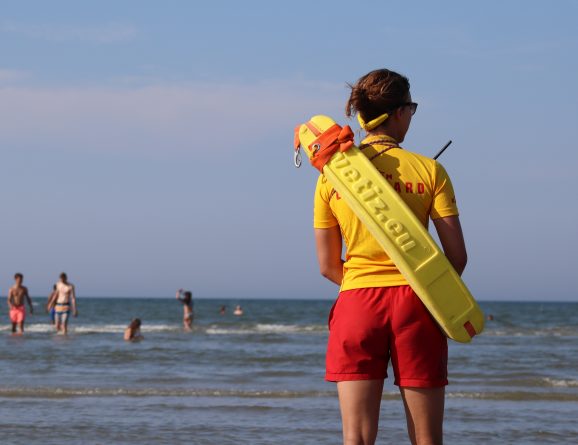Here are 10 things swimmers know that can help keep everyone safe over summer.
- SWIM SOBER: Alcohol and drugs impair judgement, swimming ability and body temperature. Don’t drink or take drugs before swimming, even in small quantities.
- BE CAUTIOUS OF JUMPING: Every summer tragic accidents including paralysis and death occur as a result of jumping in. Dangers of jumping include not being able to get out where you got in; the force of hitting the water when jumping from a great height; jumping into water that is too shallow and hitting the bottom; and jumping in to water that is cold, and then gasping in water and drowning. Be aware that river depth varies hugely with rainfall, tides rise and fall, and underwater hazards (rocks, trees, bikes) can appear overnight. Jumping in a traditional spot is no guarantee that it is ‘safe’ on a particular day. If you are jumping, get in the water first to check for depth and hazards, and get used to the water temperature. If in doubt about the depth, don’t jump.
- WATCH CHILDREN AND NON-SWIMMERS AT ALL TIMES: Paddling areas may shelve steeply at some point, leading children and non-swimmers to fall into deep water. Be in the water with children, and watch non-swimmers all the time. It’s easy for them to fall and get into difficulty, and even shallow water can cause problems.
- BE WARY OF INFLATABLES: Because of the increase in deaths involving children and inflatables the RNLI cautioned parents NOT to take inflatables to the beach in 2021. The issue is that gusts of wind can quickly carry off inflatables, faster than people can swim after them, and wind and waves can then turn the inflatables over, dumping children in deep water without lifejackets or buoyancy aids. The same thing can happen with SUPs, but these usually have older passengers in life jackets and leashes. Life jackets, buoyancy aids, leashes and constant supervision are all recommended.
- SPOT THE DANGERS: Most beaches (and an increasing number of inland spots) have noticeboards at their entrances warning of local hazards and giving guidance. Read them. Outdoor swimmers always assess the safety of a spot themselves: asking locals for advice, finding an exit point before entering the water, being particularly cautious around weirs and waterfalls where hazards change around rainfall, and being aware that conditions will change with weather, wind and rain. If you do not know enough at this point of your swimming journey to assess dangers for yourself, play it safe at lifeguarded beaches.
- ENTER THE WATER SLOWLY: BE WARY THE GASP REFLEX: Accidents can happen because of the cold water shock ‘gasp reflex’ which is triggered when children and adults enter the water. If someone jumps in, for example, they may inhale water as they gasp. Enter the water slowly, getting used to the temperature, and get breathing under control. More regular swimming leads to a better controlled gasp reflex. Don’t stay in too long, and stay close to shore unless experienced at outdoor swimming.
- FLOAT TO LIVE: If you get into distress or trouble, float on your back, regain control of your breathing, and relax. This is a key skill for children and adults. When people panic they often go from being horizontal to vertical in the water, which makes them sink and panic further. ‘Float to Live’ is a key life preservation message from the RNLI and is good to practise at any time. See RNLI Respect The Water campaign
- SWIM WITH OTHERS but look after your own safety, too.
- RECOGNISE THE SIGNS OF DROWNING: People who are drowning are usually silent. Call for help – dial 112 or 999 and ask for the Coastguard or ask for the Fire and Rescue service when at any inland waterside location. Don’t put yourself at risk trying to save a swimmer in difficulty. Find something buoyant you can throw to help keep them above the water.
- LEARN HOW TO SPOT A RIP CURRENT: If you get caught in a rip, stay calm. Swim parallel to the shore until free of the rip and then head for shore. If you can stand, wade, don’t swim. Raise your arm or leg and call for help.
There are many other things swimmers learn on their journey into the outdoors, many of which are only obvious in retrospect – such as always know where you can get out before you get in (if a river has a current or high banks, exit may be difficult), or be wary of outgoing tides. The SURVIVE section of this water attempts to share this community knowledge. Please enjoy the water but be respectful of water and its power, and understand that others in the water may have a lot of experience. It is not sensible to enter deep water unless you can swim or to venture far from shore with children. It is sensible to use life jackets on children and weaker swimmers. There is a big difference between a life jacket and buoyancy aid.
LIFEGUARDED BEACHES: The RNLI supervise hundreds of beaches in the UK across the summer. These are the best locations for those new to swimming outdoors or inexperienced at long distance swimming. Obey the flags. If you get into trouble, signal for help by raising an arm or leg. Children should still be watched at all times.


 Philippe Murray Piet
Philippe Murray Piet